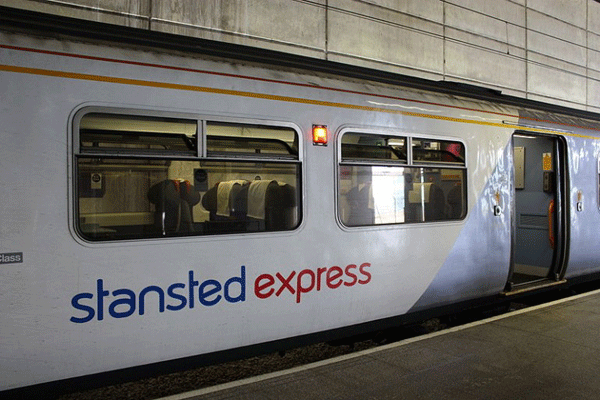London Stansted Airport has launched a consultation on its draft Sustainable Development Plan (SDP) that sets out how the airport will develop to make use of the existing capacity of its single runway.
Following the hugely controversial announcement earlier this that the Airports Commission had ruled out Boris Island Stansted has resurfaced as a possible solution. It is directly connected by train to Liverpool Street which is at the heart of the City of London.
The consultation by Stansted is over how it will maximize passenger growth through the use of its single runway, without exceeding environmental limits or the use of additional land.
Key points
- New routes and increased frequencies to drive growth and enable doubling of passenger numbers to 40-45 million per year on single runway
- Growth achievable within agreed noise and air quality limits and existing boundary
- Existing capacity has the potential to support an extra 10,000 on-site jobs and generate £4.6bn in additional economic benefit
- Key enabler of growth in the London-Stansted-Cambridge corridor and east London
Stansted’s important role has already been recognised by the Airports Commission, and the plan will help inform its final recommendations to Government on the vital contribution that Stansted’s existing capacity will make to meeting demand over the next 10-15 years.
The plan establishes a framework for responsible and sustainable growth at Stansted, and demonstrates the airport’s ability to grow to handle 40-45 million passengers a year within agreed environmental limits and without the need for additional airport land. Making use of Stansted’s existing capacity will generate an extra 10,000 on-site jobs and £4.6 billion in additional economic activity, and act as a key enabler for economic development in the thriving London-Stansted-Cambridge corridor and east London.
The draft plan is a key element of Stansted’s on-going consultation on its approach to developing the airport to make more effective use of existing capacity. As part of Stansted’s commitment to increase the level of engagement with local communities, the airport will be holding a series of public exhibitions in local towns and villages during September and October. Those with an interest in the airport’s future are being encouraged to visit an exhibition to hear more about the plans and give their views.
Launching the consultation, London Stansted Managing Director, Andrew Harrison said:
“The airport’s prime location at the heart of the London-Stansted-Cambridge economic corridor means we will see a significant increase in demand at Stansted over the coming years, driven by strong economic activity across the region. The plan establishes a framework for that growth to the capacity of our existing runway, supported by commitments on the way we will work closely and openly with our local communities to strike the right balance between the benefits and impacts of having Stansted on their doorstep.
“Making effective use of the runway will not only create an additional 10,000 on-site jobs and potentially generate £4.6 billion in economic benefits but it will also support the rapid growth of the dynamic corridor – already generating over £160 billion for the UK economy – plus the fast development and strategic importance of the East London economy.
“We strongly believe Stansted can increase international connectivity in the most sustainable, responsible and cost effective way possible. For example, our plan shows how we could operate within the agreed air quality and noise limits of our current planning permissions while at the same time making more effective use of existing capacity.







